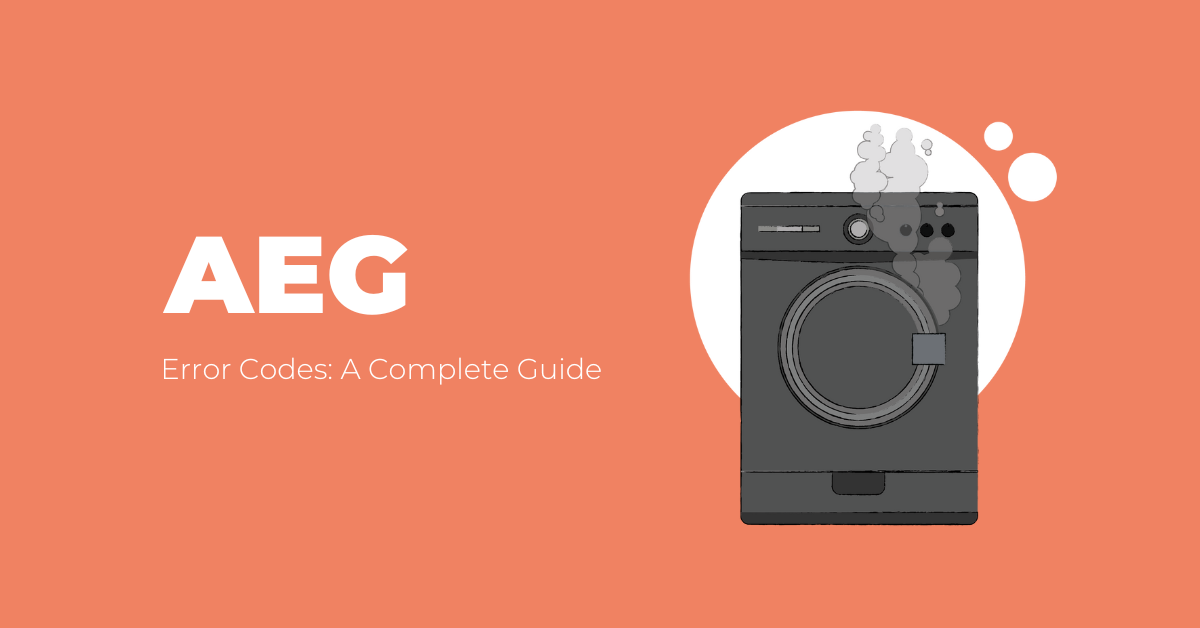
How to Buy a Microwave: All You Need to Know
Invented in 1946, the microwave has become the staple of the home, allowing for quick defrosting and cooking of food. It really is one of the most versatile appliances you’ll ever own. As fantastic as microwaves are, there are so many options on the market at various price points that it can quickly become a difficult task to buy one. We’ve put together a handy buyers guide below to help you on your way.
Types of Microwave
There are three main types of microwave available on the market today which are:
Standard microwave
Sometimes known as ‘solo’ microwaves, these appliances are good for basic heating a defrosting tasks and are much cheaper than their more complicated counterparts. They also tend to be a little smaller, saving valuable space in the kitchen. The main downside of a standard microwave is that they can only heat food and can’t crisp or brown your food like you might get with a regular oven.
Microwave with grill
Microwaves with a grill do everything that a standard microwave would do but, you guessed it, with the added ability to grill! This allows the option of searing & cooking meats at the same time as microwaving it, keeping the flavour and structure intact.
Combination microwave
Sometimes known as a ‘convection’ microwave, these are the most versatile types of microwave available. Not only will it do what a standard microwave and grill microwave will do but it also circulate air and heat effectively to allow for baking food in it.
What specifications should you be looking for?
Capacity
The capacity of microwaves tends to be anywhere from 15 litres to over 32 litres. As a rule of thumb, we would recommend looking for a microwave of over 25 litres, but it’s the size of the turntable itself and the interior height that are more important than the overall capacity. We’ve broken down some of the size differences below:
- 15 to 20 litres
- This tends to be the standard solo microwave size so the choice at this capacity is going to be high. If you’re only using the microwave for basic reheating and defrosting then you should be absolutely fine but larger families with greater needs from a microwave should steer away from this size.
- 21 to 30 litres
- In this capacity range, you should start to see grill and combination microwaves. The larger capacity makes them perfect for more complicated uses and for cooking larger foods. These sizes would be ideal for small families of two to four people in a household.
- 25 to 30 litres
- At this range you’ll start to see a solid range of all three types of microwave available but with enough capacity to heat, defrost and cook large portions of food. You’ll also start to see a higher amount of ‘flatbed’ microwaves (see below for more details) which will give you more room to work with.
- 32 litres and above
- These types of microwaves not only give you the flexibility to buy all three types but they’ll be large enough to cater to the demands of a four to six person household and the large portions of food that go along with it.
Size
The internal capacity of the microwave doesn’t always equate to the overall size of the appliance. Make sure you measure the space available on your countertop or integrated space to ensure that the microwave you buy will fit properly.
Power
Microwave power is measured in ‘watts’ and the higher the wattage, the more power the microwave has and the quicker it will cook food. Wattages for microwaves range anywhere between 650W and 1950W, the majority of which being around the 800W range. When shopping around for a new microwave, you might want to look for ‘variable power levels’, allowing the appliance to cook at different power settings for different uses e.g., cooking vs defrosting.
Turntable or flatbed?
Most microwaves will have a rotating turntable inside of them, typically made of glass. This rotates the food as its cooking to ensure its cooked evenly. Some microwaves on the more premium end of the price spectrum won’t have this turntable. Instead, they have different technology that evenly distributes heat without the use of a turntable which makes them easier to clean and it gives them more space on the inside.
Pre-programmed settings
Microwaves with pre-programmed settings make it simpler to cook your favourite meals. Sometimes there will be exact settings for certain meats or dishes. Other microwaves will allow you input the weight and type of dish you’re heating and the microwave will optimise the way it cooks it accordingly.
Sensor cooking
Some microwaves will have in built sensors for detecting moisture in food and monitoring the humidity of the microwave itself. This helps the microwave to adjust the power levels whilst it’s cooking something to make sure your food won’t dry out.
Multi-step programming
Some more premium microwaves will come with ‘multi-step programming’ which allows you to cook things in a particular sequence without coming back to the microwave and starting it again. For example, defrosting food before initiating the cooking cycle.
Touch panels
Some newer microwaves will come with digital touch panels that are easier to clean and easier to use than buttons and knobs. There are a handful that will come with a full digital touch screen, allowing you to integrate with your smart home, watch videos online or bring up recipes on the fly.
Child locks
Some microwaves will come featured with a child lock to prevent any child-related accidents from occurring. This would typically involve having to press a sequence of buttons before being able to either unlock or operate the microwave.
Energy safe mode
Even when not being used, microwaves will still consume a small amount of energy to keep the displays on. If you have a digital display on the microwave, this power usage could be quite high. To compensate this, a lot of newer microwaves will have a ‘power saver’ or ‘energy safe’ mode that either dims or turns off the display when the microwave isn’t being used.
If you’d like to learn more about keeping your microwave well maintained, check out our handy guide to ‘How to Keep Your Microwave Well Maintained‘.






